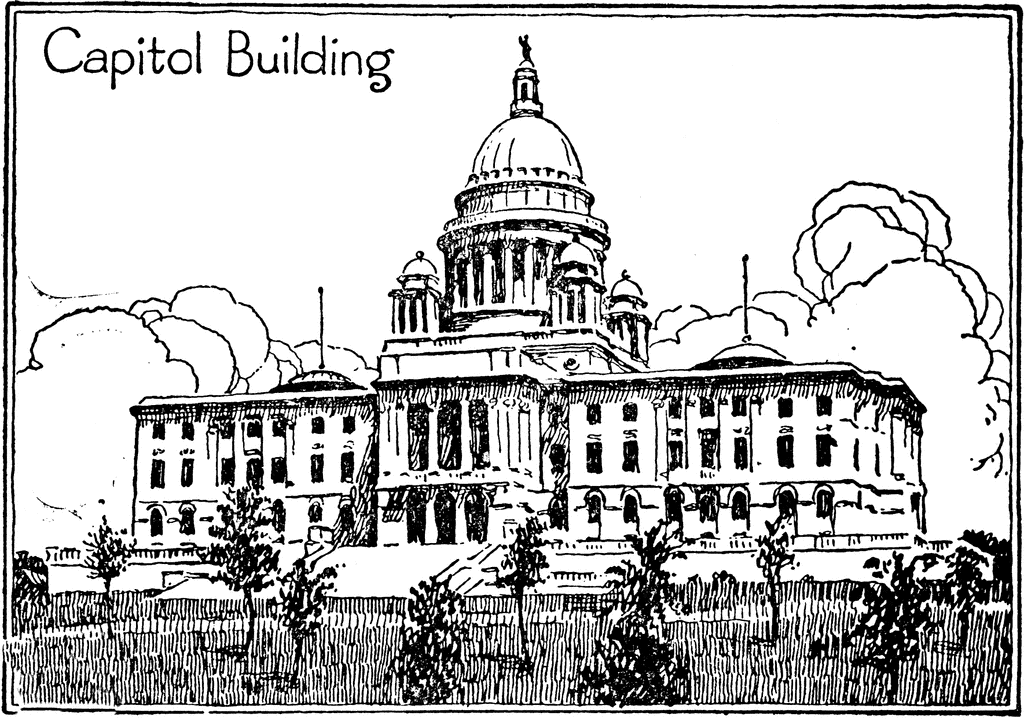

For every 100 females age 18 and over, there were 84.6 males. For every 100 females, there were 91.9 males. In the city, the population was spread out, with 32.4% under the age of 18, 7.1% from 18 to 24, 33.1% from 25 to 44, 18.8% from 45 to 64, and 8.5% who were 65 years of age or older. The average household size was 2.88 and the average family size was 3.20. 14.7% of all households were made up of individuals, and 5.3% had someone living alone who was 65 years of age or older.

There were 1,819 households, out of which 50.4% had children under the age of 18 living with them, 66.2% were married couples living together, 13.5% had a female householder with no husband present, and 17.5% were non-families. Hispanic or Latino of any race were 3.98% of the population. The racial makeup of the city was 93.14% White, 2.47% African American, 0.64% Native American, 0.86% Asian, 1.78% from other races, and 1.12% from two or more races. There were 1,890 housing units at an average density of 499.8 per square mile (193.1/km 2). The population density was 1,413.6 people per square mile (546.1/km 2). Whitehouse racial composition as of 2020 Īs of the 2020 United States census, there were 8,257 people, 2,846 households, and 2,352 families residing in the city.Īs of the census of 2000, there were 5,346 people, 1,819 households, and 1,500 families residing in the city. Demographics Historical population Census According to the Köppen Climate Classification system, Whitehouse has a humid subtropical climate, abbreviated "Cfa" on climate maps. The climate in this area is characterized by hot, humid summers and generally mild to cool winters. The city's extra territorial jurisdiction includes land surrounding Lake Tyler, a large water body used for drinking water and recreation by East Texas residents. The city of Tyler is located approximately seven miles (11 km) to the north, while the city of Troup lies roughly the same distance to the south.Īccording to the United States Census Bureau, the city has a total area that exceeds 3.8 square miles (9.8 km 2), all land. The city is bisected by State Highway 110 and Farm to Market Road 346. Many of these resources are available at the Whitehouse Community Library. This section was based on oral history interviews from prominent Whitehouse residents such at Nancy Shahan Coats, Joe Pat Hagan, Acker Hanks, Gaylon Shackelford, and Richard Waller. The Whitehouse Vision 2020 Comprehensive Plan (see Planning and Development) also included a history section. Hanks' experience in the community starting in the early 1920s.
#The cliphouse texas series
The Tri-County Leader published a series of articles by Acker Hanks called "Growing up in Whitehouse." The articles recounted Mr. Shirley Smith wrote and/or edited several books including Homefolks, a collection of letters from important figures who lived in the community throughout the early 20th century. Several works documenting the community's history have been published in the recent past. The festival is held on the fourth weekend each June and includes activities such as parades, carnivals, historic battle reenactments, pageants, and trade days. These projects, typically built with sandstone rockwork, are found throughout the city's historic Town Center.Ĭivic leaders established the YesterYear Celebration to educate residents about the community's history and heritage. Several cherished historic resources include the various Works Progress Administration (WPA) projects located within the city.

Many streets and subdivisions in the community are named for these early agricultural and commercial leaders.Īccording to oral tradition, the community was named "Whitehouse" by the railroad engineers who stopped near a white-washed community building during early settlement times. Residents of Whitehouse were predominantly farmers or worked in support of agriculture until transportation innovations following World War II lead to other employment options. The school district (WISD) preceded incorporated municipal government, and was largely responsible for the eventual formation of the city. The community was named in 1845, but was not incorporated until 1953. The community was founded long before the city was officially incorporated by James Calhoun Hill (auctioneer in 1846 for Tyler land grants). The sign itself was made and donated by local resident Lynn Canfield. The Welcome to Whitehouse sign is built from rock used in the old "rock school house." The school house and other public works were built during the Great Depression by the Works Progress Administration (WPA).


 0 kommentar(er)
0 kommentar(er)
